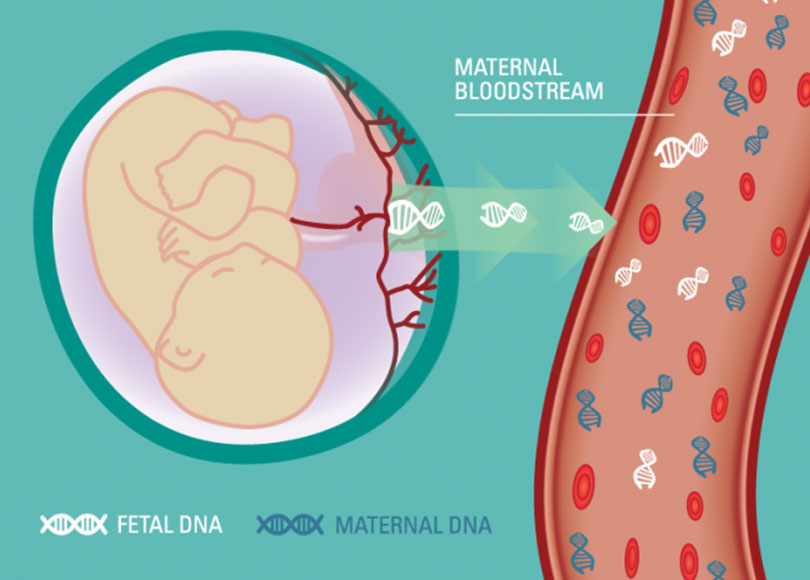Preimplantation High-Resolution HLA Sequencing Using Next-Generation Sequencing

Hematopoietic stem cell transplantation (SCT) is the only therapeutic option in a number of heritable hematologic disorders and hematologic cancers. Many parents and families fail to find an HLA-identical donor for their affected family member. In such cases, conceiving for a “savior baby” remains the only option, especially in countries without access to national registries. By means of next-generation sequencing (NGS) techniques, in a single experiment on single-cell products of in vitro fertilization, a healthy HLA-identical embryo can be implanted in the uterus of a concerned mother. The patient can therefore benefit from cord blood SCT along with confirming that the fetuses are not suffering from the heritable disorder. This study is an attempt to study the feasibility of preimplantation HLA sequencing on single blastomeres using NGS. Two couples who had previously undergone preimplantation genetic diagnosis of β-thalassemia and their overall 10 embryos were studied and their 5 HLA loci were typed in high resolution through multiple displacements amplification and NGS of single cells. For 88.9% of the 90 HLA alleles, conclusive HLA typing in 4-digit sets was made. HLA alleles were typed; 1 ambiguity in the allelic group and 4 ambiguities in the protein level were observed that were then unraveled by haplotype analysis. Amplification efficiency was 93.3% with an allele drop-out (ADO) rate of 22.2% (6 alleles dropped from a maximum of 27 possible ADOs). In this study, the feasibility of a new method of preimplantation HLA sequencing via combining the state-of-the-art techniques used in single-cell whole genomeamplification, preimplantation genetic diagnosis, and high-resolution HLA typing by NGS has been shown. This method can make preimplantation HLA sequencing a practicable technique in families desperate for an HLA-matched donor.






